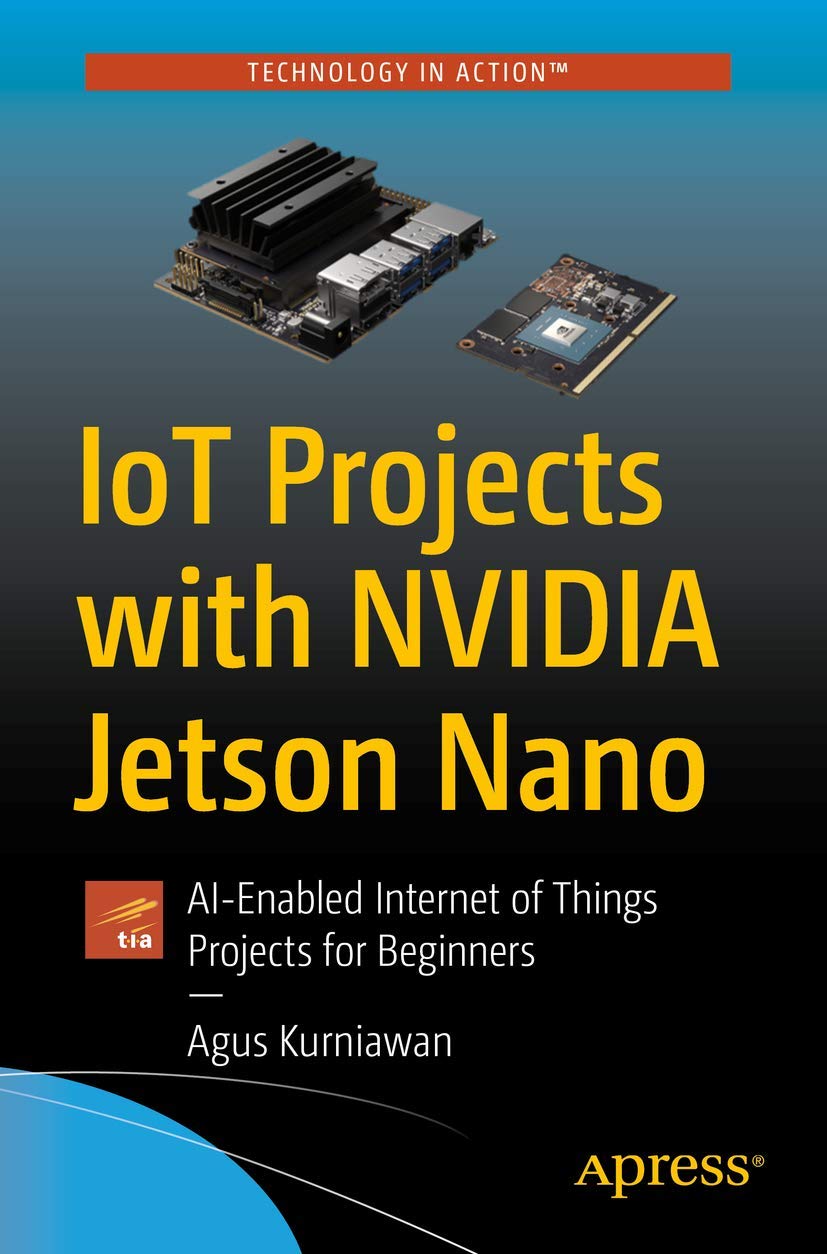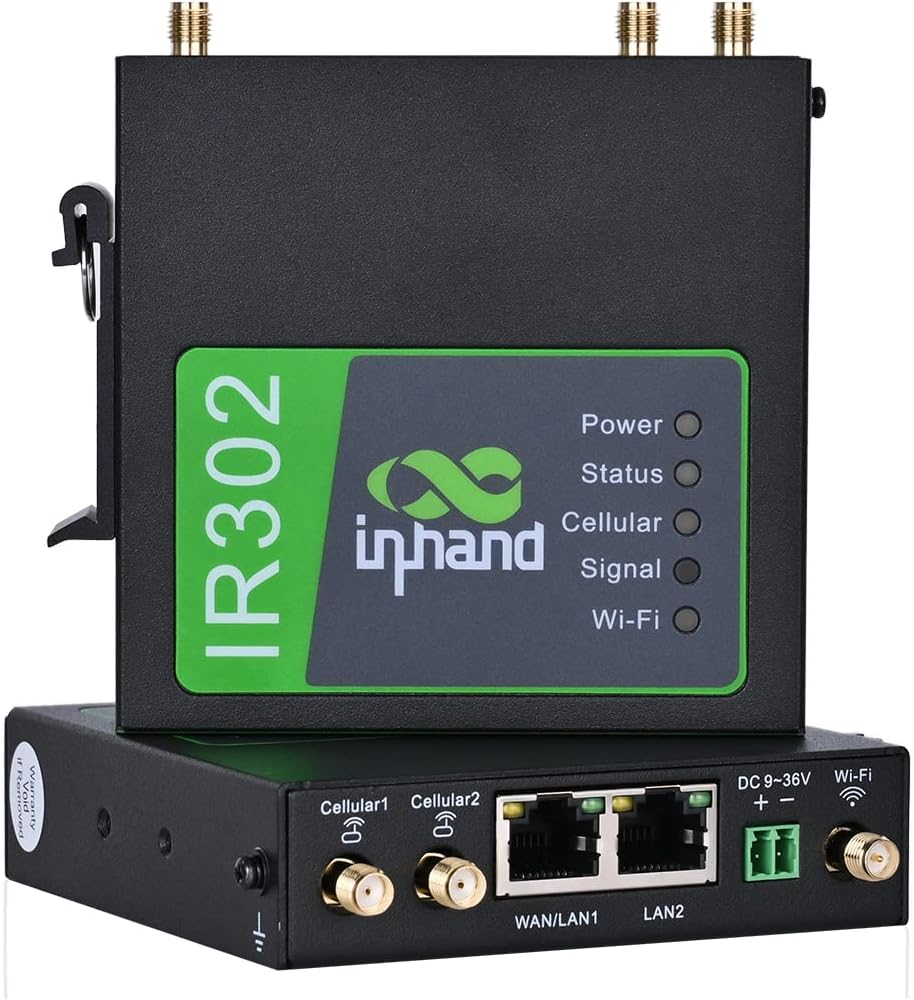Price: $499.99 – $178.00
(as of Nov 28,2024 08:42:31 UTC – Details)

Product Description


How to use the router with SIM card ?
Notice: If you are not sure which model you want to order, if you were encounterd trouble using the device, please tell us. We will try our best to solve the problem for you
1. Insert the SIM card into the slot 1 and attach 4G antennas to the Main and AUX connectors; then power cycle the device. To replace or insert SIM Card, the device must be powered off to avoid data loss or equipment damage.
2. Connect the LAN2 port with your PC.
3. Fill in the IP of the router on the browser (you could find the IP on the label of router).
IP: 192.168.2.1 User name/password: can be found on the device label
4. Go to ‘network >>Cellular’, select ‘profile 1’ under the network provider, fill in the SIM card information in the Profiles table down below: APN, User Name, Password, (User Name and Password are not mandatory), hit ‘ok’ and ‘Apply’.
Notice: Please make sure the APN is correct. If you are not sure, please confirmwith ISP or search it on Google.
Below are the example of APN information
AT &T’s APN: broadband
Verizon’s APN: vzwinternet
Some sim cards can get a static IP and require some specific APNs, please confirm with your Carrier.
5. Check the network status, ‘Status >> Network connection’


Reliable Network Connection & InConnect Service


InConnect Service-Access to Downstream Devices
IR302 is compatible with InConnect Service, a cloud-based platform engineers can utilize to access the downstream devices through its secure tunnels.
Add to Cart
Add to Cart
Add to Cart
Add to Cart
Add to Cart
Customer Reviews
4.2 out of 5 stars
49
4.2 out of 5 stars
49
4.2 out of 5 stars
49
4.1 out of 5 stars
6
2.6 out of 5 stars
4
4.1 out of 5 stars
6
Price
$178.00$178.00 $163.00$163.00 $160.00$160.00
— $171.00$171.00 $259.00$259.00
Cellular network
LTE CAT 4 LTE CAT 1 LTE CAT M1/NB-IoT LTE CAT 6 LTE CAT 4 LTE CAT 6
Wi-Fi
2.4GHz(b/g/n) 2.4GHz(b/g/n) 2.4GHz(b/g/n) 2.4GHz(b/g/n) 2.4GHz(b/g/n) 2.4GHz(b/g/n)
Ethernet Port
2*10/100 2*10/100 2*10/100 5*10/100 2*10/100 5*10/100
Maximum Downstream/upstream Data Transfer Rate
150Mbps/50Mbps 10Mbps/5Mbps 170kbs/250kbs cat1/4/6 150Mbps/50Mbps LTE CAT6
Work band
LTE CAT4, FDD: B2/ B4/ B5/ B12/ B13/ B14/ B66/ B71, WCDMA: B2/ B4/ B5 LTE CAT1 FDD: B2/ B4/ B5/ B12/B13/ B25/ B26 WCDMA: B2/ B4/ B5 LTE CAT M/NB-IoT CAT M1: B1/2/3/4/5/8/12/13/14/18/19/20/25/26/27/28/66/85 CAT NB2: B1/2/3/4/5/8/12/13/18/19/20/25/26/28/66/71/85 GSM/EDGE: 850/900/1800/1900 cat1/4/6 LTE CAT4, FDD: B2/ B4/ B5/ B12/ B13/ B14/ B66/ B71, WCDMA: B2/ B4/ B5 LTE CAT 6, LTE FDD: B2/ B4/ B5/ B7/ B12/ B13/ B14/ B17/ B25/ B26/ B29/ B30/ B66/ B71 LTE TDD: B41/ B42/ B43/ B46/ B48 WCDMA: B2/ B4/ B5
DI/DO port
✓
optional optional
serial port
optional optional
Battery
✓
Installation
Panel mounting; Rail mounting Panel mounting; Rail mounting Panel mounting; Rail mounting Panel mounting, rail mounting Din-rail
GNSS
optional
CPU Platform 580MHz RAM 128MB DDR2 Flash 32MB SPI Ethernet Ports 2*10/100Mbps fast Ethernet port, LAN/WAN port 1.5KV network isolation transformer protection Power Supply DC9-36V, over-current protection, anti-reverse connection, 2 PIN industrial terminal block SIM Card Dual drawer-type SIM card slots. 2FF SIM Wi-Fi IEEE 802.11b/g/n, 150Mbps Antenna Connector 3G/4G: SMA x 1; Wi-Fi: RP-SMA x 1 Note: North America models (FQ38, FQ33): 2 x SMA 4G antenna connectors. Reset Button Pinhole reset button Installation Method Panel mounting, DIN-rail mounting Storage Temperature -40 ~ 85℃ Operating Temperature -20 ~ 70℃ Humidity 5 ~ 95% (non-condensing)
Network Access APN, VPDN, Private Network Access Authentication CHAP/PAP WAN Protocol PPP, PPPoE, DHCP Network Type GSM/GPRS/EDGE, UMTS/HSPA+/EVDO/TD-SCDMA, TDD LTE/FDD LTE (Please refer to the Ordering Guide for frequencies.) IP Application Ping, RouteTrace, DHCP Server, DHCP Relay, DHCP Client, DNS relay, DDNS, Telnet IP Routing Static routing NAT Supports network address translation Network Security Stateful Packet Inspection (SPI), DoS attack defense; Multicast filter/Ping probe packet, Access Control List (ACL); Content URL filter, port mapping, virtual IP mapping, IP-MAC binding WLAN Protocol IEEE 802.11b/g/n Transmission Distance 80 meters by line of sight (Actual transmission distance depends on environment of the site. QoS Management Bandwidth limit, IP speed limit Configuration Telnet, web, ssh and console Upgrade Web, Device Manager Log Local system log, remote log, and serial export of log. Power down saving of important logs.


4G LTE Router: working band: LTE CAT4, FDD: B2/ B4/ B5/ B12/ B13/ B14/ B66/ B71, WCDMA: B2/ B4/ B5; Dual sim card slot, use this cellular router with any mobile carriers that using the same frequency bands; Equipped with complete functions, it is applied in various industries and applications, suitable for family, business, outdoor, industry.
Industrial Design & Wide Coverage: Industrial rugged metal casing, compact size for mass deployment; Transmission Distance can reach to 80 meters; Featuring both panel and DIN-rail installation.Working Temperature -4 ℉ to 158 ℉ (-20 to 70℃), Working Voltage DC 9V to 36V, works well even in harsh environments
Multiple Means for Internet Access: Available with wired network access, high speed LTE CAT4 and Wi-Fi connection. One LAN port, one WAN/LAN switchable port and Wi-Fi access. Support multiple WAN access methods, including PPP、PPPoE、DHCP ; Supports WIFI, Compatible with 802.11b/g/n, AP, Client and WDS modes The IR300 is a compact M2M LTE router integrating 4G LTE, Wi-Fi, and VPN technologies.
Strong Security Protection: Supports VPN, firewall and user authorization management. Strong security measures for data transmission, network and device access. -Firewall Protections: Stateful Packet Inspection (SPI), DoS attack defense; Multicast filter/Ping probe packet, Access Control List (ACL); Content URL filter, port mapping, virtual IP mapping, IP-MAC binding; – Data Security, OPENVPN protocols, Supports CA digital certificate.
High Reliability & Efficient Remote management: Watchdog and multi-layer link detection mechanisms ,automatic redial and recovery; Dual-SIM failover; VRRP mechanism for backup; Failover between wired, cellular LTE networks and Wi-Fi. With InHand Device Manager cloud platform. Offers 3 years warranty and free technical support. If you are not sure about the product details , please feel free to consult
Customers say
Customers like the functionality of the product. They mention it works well and is a great modem. However, some customers have mixed opinions on the ease of setup.
AI-generated from the text of customer reviews
Looking for a reliable and secure industrial IoT router for your business? Look no further than the InHand Networks IR302 Industrial IoT 4G LTE VPN Cellular Router!
This powerful router boasts LTE Cat 4+ Wi-Fi connectivity, dual SIM card slots for redundancy, and management capabilities through a cloud platform. With DI/DO ports for added flexibility and support for T-Mobile, AT&T, and Verizon networks, the IR302 is the perfect solution for your industrial IoT needs.
Not only does the IR302 offer top-notch performance and connectivity, but it also comes with UL certification, ensuring that it meets the highest safety and quality standards.
Don’t compromise on security and reliability when it comes to your industrial IoT network. Choose the InHand Networks IR302 Industrial IoT 4G LTE VPN Cellular Router for peace of mind and seamless connectivity.
#InHand #Networks #IR302 #Industrial #IoT #LTE #VPN #Cellular #Router #LTE #Cat #WiFi #Dual #sim #Card #Slots #Management #Cloud #Platform #DIDO #Port #Support #TMobile #ATT #Verizon #Certification















